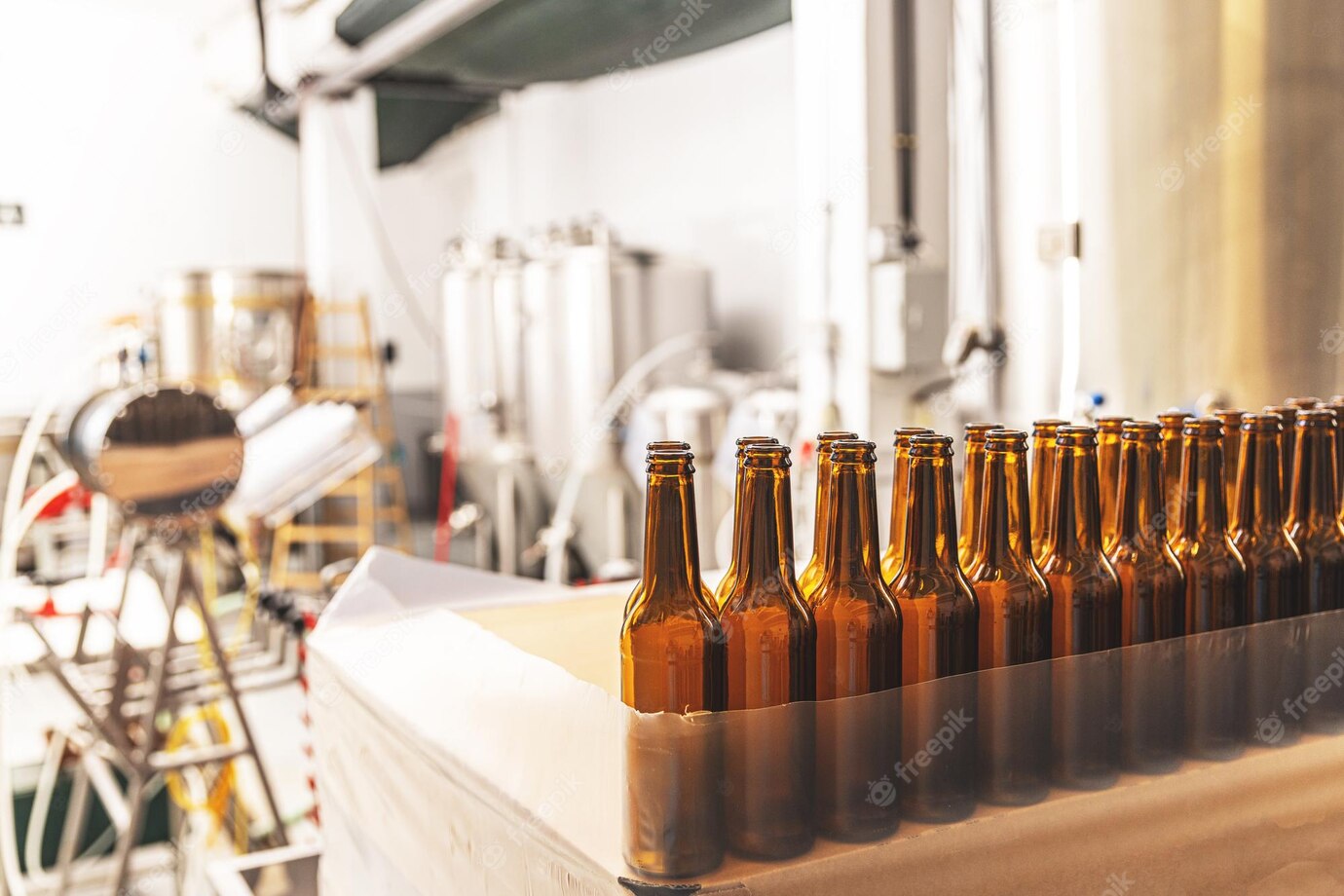Unlock the Secrets to Making the Perfect Ferment: Discover Tips For Choosing the Right Vessel!
Are you planning to start homebrewing? Looking for the perfect fermentation vessel? Then you’re in luck! This article will provide some useful tips to help you choose the right fermentation vessel for your needs. With these helpful suggestions, you’ll be ready to start your brewing adventure in no time. So read on to find out more and make the right decision!
Tips for Choosing the Right Fermentation Vessel
For homebrewers, the fermentation of beer and wine is an essential part of the process. During fermentation, Saccharomyces cerevisiae (the yeast used in brewers’ beers) and Saccharomyces bayanus (a variety of yeast commonly used in winemaking) convert sugars into alcohol and carbon dioxide. The selection of the right fermentation vessel is essential to successfully achieve a tasty end product.
In this article, we will discuss the various types of fermentation vessels, the crucial factors to consider when selecting one and how best to use them. Read on to find out more about making sure that you can get the ideal fermentation setup for your next batch.
Choosing the Right Container for Fermentation
When it comes to selecting the right fermentation vessel, there are several considerations to take into account. First, the size of the container needs to be taken into account. For homebrewers, vessels range from one gallon growlers or glass carboys, up to sanitary food-grade stainless steel drums. Home brewers will generally choose a smaller container, as it can easily be used for smaller batches and easier to store. For bigger commercial breweries, it is more common to use large stainless steel drums.
In addition to the size, the type of material is also important. Most brewers prefer using glass containers, as they can easily be sanitized and sterilized, plus they do not react with the ingredients. It is important to select a container that is not made of plastic, as plastic can interact with the ingredients and impart unwanted flavors into the final product.
Finally, the shape of the container is also important. Many brewers prefer having a wide mouth for easy access during cleaning and transferring. Others prefer a narrow mouth for better head retention and slower carbonation times.
Factors to Consider When Choosing a Fermentation Vessel
The following are some of the factors that should be considered when selecting a fermentation vessel:
- Cost: The cost of the fermentation vessel should be considered. Some vessels are more expensive than others, and the chance of breaking or damaging your vessel should also be taken into account. You should also compare the cost to the features of the vessel.
- Scratch Resistance: The material of the vessel should be scratch-resistant. Over time, the vessel will be scratched due to the ingredients and stirring, so it is important to have a vessel that will resist these scratches without affecting the taste. Glass and stainless steel are the best options in this regard.
- Durability: The fermentation vessel should be durable and able to handle the pressure and temperature changes during fermentation. Make sure to check for any cracks and damage in the vessel before use.
- Ease of Cleaning: Fermenting vessels should be easy to clean, as the fermentation process can cause the buildup of sediment in the vessel. Make sure to select a vessel that can easily be cleaned and sanitized.
- Sizing: The size of the vessel should be taken into account. If you are brewing a small batch, then a smaller vessel is ideal. However, if you are making a large batch, then a larger vessel is necessary.
- Ease of Use: The fermentation vessel should be easy to use, both in terms of adding ingredients and taking samples. The top of the vessel should be wide enough to allow for easy access.
How to Use a Fermentation Vessel
Once you have chosen the right fermentation vessel, there are a few easy steps to follow when using it:
- Sanitize the vessel. It is essential that the vessel is sanitized, as the yeast can be killed by the presence of bacteria and other microorganisms.
- Prepare the wort or must. Depending on the type of beer or wine you are making, the wort or must must first be prepared.
- Pitch the yeast. The yeast is essential and without it, fermentation will not start. The right amount of yeast should be added to the vessel.
- Cover the vessel. The vessel should then be covered with a lid or airlock to allow some oxygen and CO2 out, while still keeping other contaminants out.
- Stir the contents. Stir the

